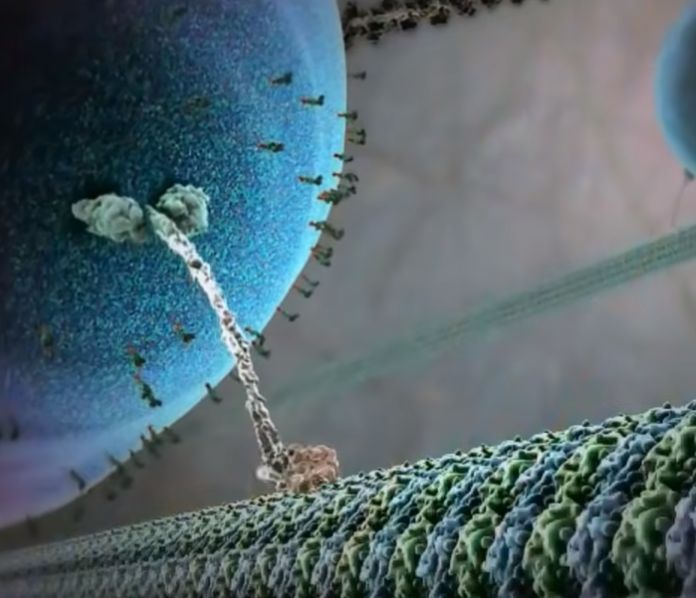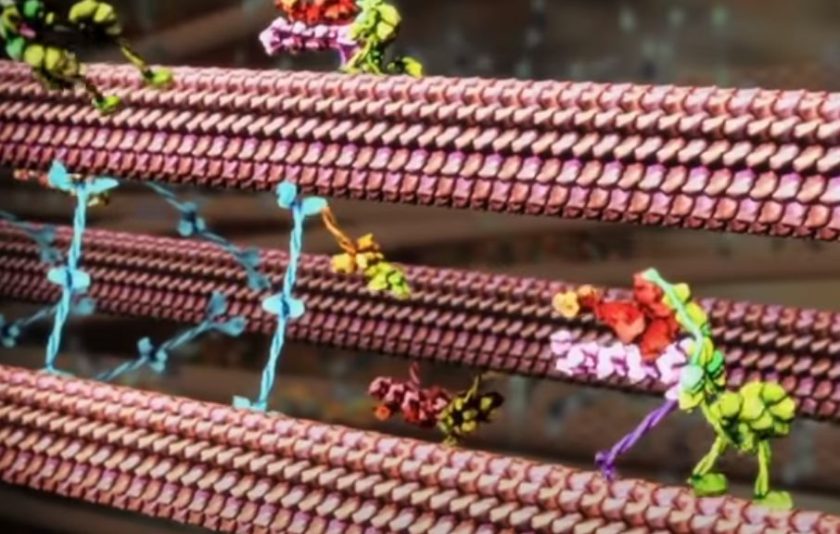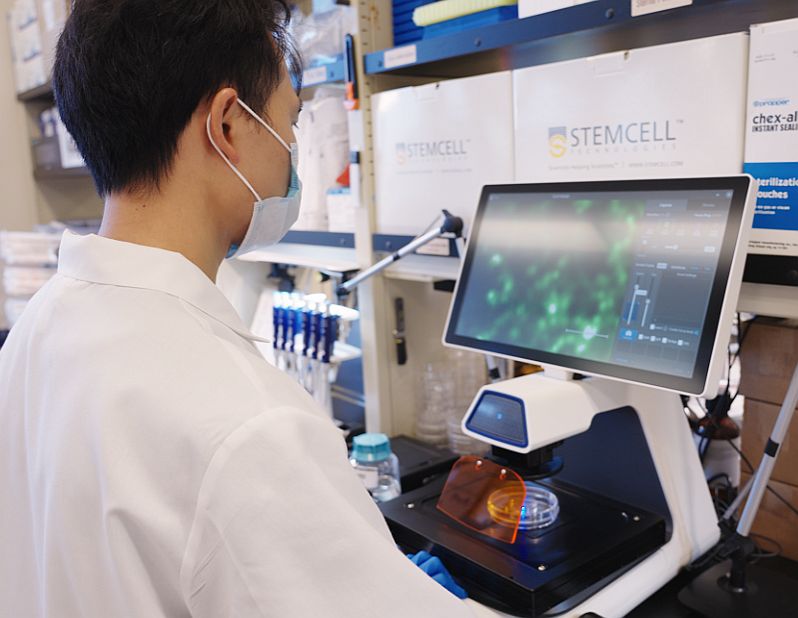
Conventional methods in synthetic biology for cell-based therapies focus on using specific proteins to achieve a desired effect in cells. For instance, cancer treatment involves certain proteins to kill cancer cells. while, some proteins are used to help tissues regenerate after an injury.
This process, however, is lengthy as it takes time for the proteins to be produced and break down. Additionally, it requires a lot of energy from the cells.
Lately, a team of researchers from Penn State College of Medicine and Huck Institutes of the Life Sciences have come up with an innovative approach. They are looking for alternative ways to achieve the desired effects without using proteins.
Engineering proteins
Nikolay Dokholyan, a professor in the Department of Pharmacology, explained that their research team is working on engineering proteins that can directly cause a specific effect.
Basically, the team is working towards creating proteins that function like tiny computers. Once these protein-based devices receive input or stimuli from their environment, they immediately generate a specific response.
Protein-based nano device
The team fabricated a target protein by combining two sensor domains. These are areas of the protein that can detect specific stimuli.
For the study, the engineered protein device responded to the following two stimuli by adjusting its orientation in space:
- light
- a drug called rapamycin

Functionality of the protein design
To evaluate their design, the team introduced the engineered protein into live cells that were grown in a laboratory setting.
Then these cells were exposed to the stimuli that activate the sensor domains of the protein.
Researchers also measured the changes in cellular orientation. The alterations were the result of stimuli that were perceived by the sensor domains.
The team observed that the engineered protein successfully detected and responded to the specific signals, which were – light and rapamycin.
Thus, the experiment validated the functionality of their protein design.
Nano-computing device is an upgrade from previous version
In their previous work, said Jiaxing Chen doctoral student, the nano-computing agent developed by them required two inputs to generate a single output.
However, the current version is an upgrade. Now the nano-computing agent can produce two possible outputs. The output depends on the order in which the inputs are received.
For instance, if light is detected first, the cell will adopt one angle of cell orientation. While the trajectory varies if the drug rapamycin is detected first.
Thus, Chen concluded that as more inputs are incorporated into a nano-computing agent, the number of potential outcomes will increase. The nano agent has the ability to give out results depending on different combinations of inputs.
These inputs can encompass various physical or chemical stimuli, while the outputs can involve altering cellular behaviours. These behaviours include:
- changes in cell direction
- migration
- modifications in gene expression
- enhancing immune cell cytotoxicity against cancer cells

Takeaway
The future prospects for engineered proteins look promising. This tech would surely form the foundation ground for not only the next-generation cell-based therapies. But it will also prove boon for conditions like autoimmune diseases, viral infections, diabetes, nerve injuries, and cancer.
It also has the potential for developing sophisticated and programmable biological systems. Along with advancements in regenerative medicine, tissue engineering, drug delivery systems, and other areas of biomedical research.
Via: Penn State



